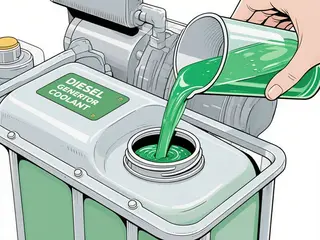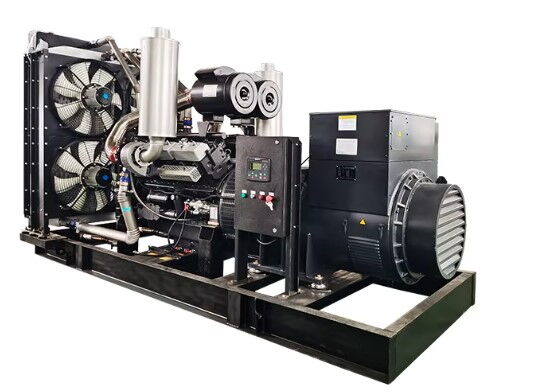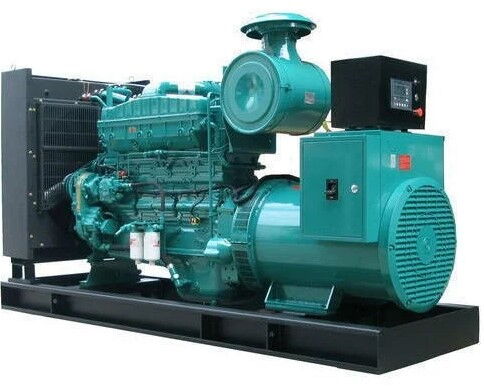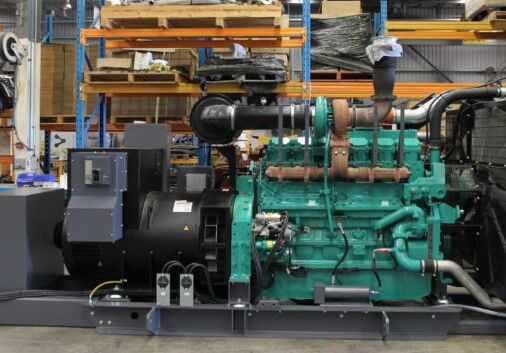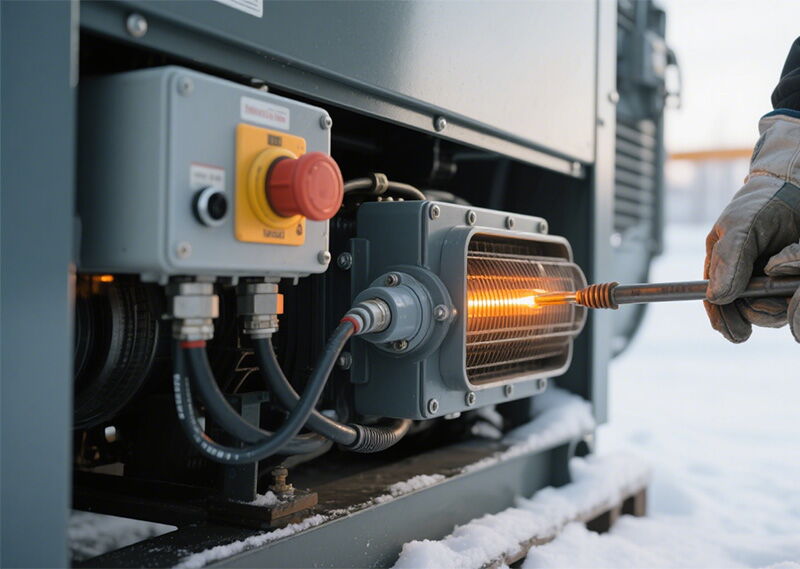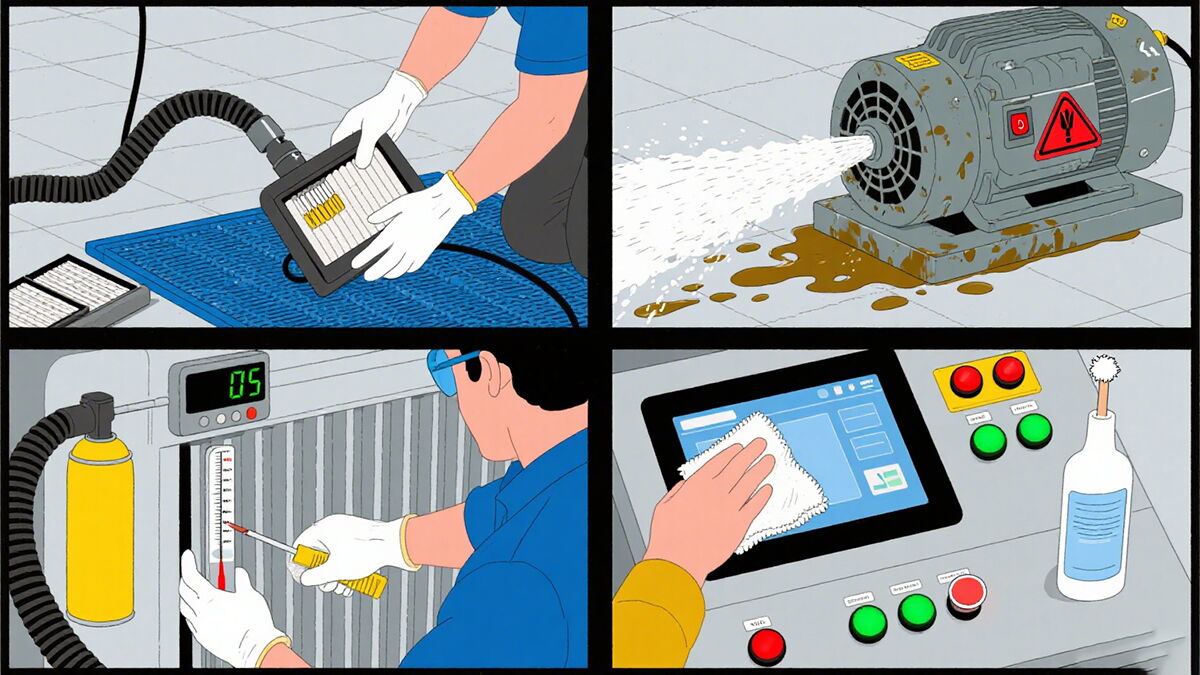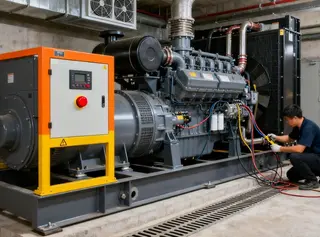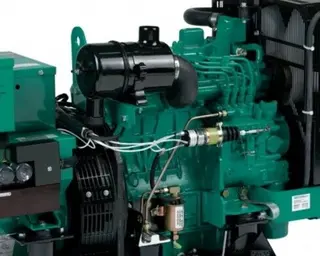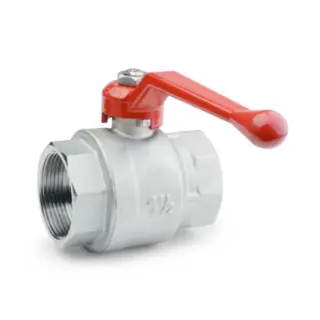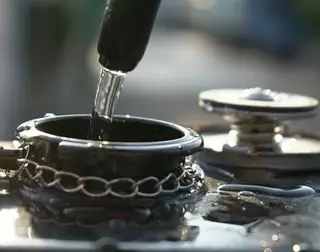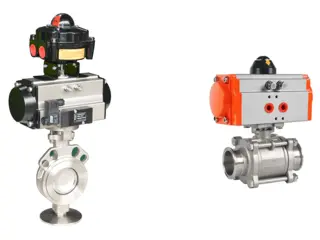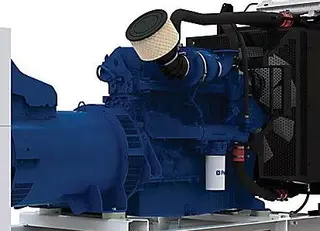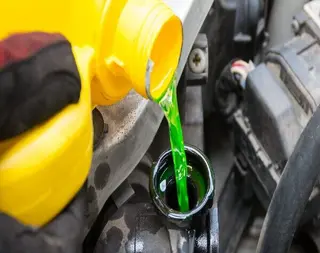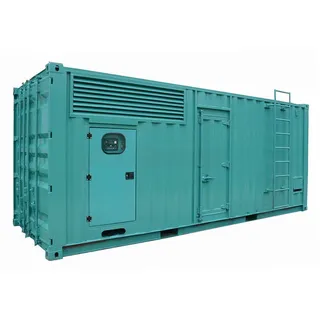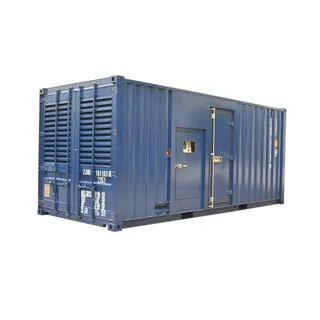Diesel Generator Coolant Circulation Issues
Diesel generators play a crucial role in our lives, whether as backup power sources or primary power supply devices in specific scenarios. Their stable operation is of great importance. However, during actual use, diesel generators may encounter issues with coolant not circulating, which can lead to increased cylinder and oil temperatures, and even shutdowns, severely affecting the safe use of the generator. This article will delve into the causes of coolant not circulating, solutions, and key points for daily maintenance to help everyone better manage and maintain the generator.
Causes of Coolant Not Circulating in Diesel Generators
When diesel generators operate, the failure of coolant to circulate can cause cylinder and oil temperatures to rise, and even lead to shutdowns, affecting safe use. So, what are the causes of coolant not circulating? Here is a detailed analysis.
1. Thermostat Failure
The combustion chamber of the engine is equipped with a thermostat, which primarily controls the temperature of the combustion chamber. The thermostat must fully open at the specified temperature (usually 82 degrees) to ensure that the coolant can circulate through the small loop. If the thermostat malfunctions and cannot open at the specified temperature, the coolant will not maintain a normal circulation temperature, which may trigger a low-temperature alarm and affect the circulation of the coolant.
2. Cooling System Issues
The radiator fan and radiator are important components of the cooling system. If the radiator fan does not function or the radiator is clogged, the temperature of the coolant will not be effectively reduced. Additionally, rust damage to the radiator can cause leakage, further affecting the circulation of the coolant. Clogging of the radiator may be caused by the accumulation of dust, debris, or scale, which can obstruct the flow of the coolant and reduce cooling efficiency.
3. Air in the Cooling System
The presence of air in the cooling system of diesel generators is a common issue. Air entering the cooling system can cause blockages in the pipes, affecting the normal circulation of the coolant. Moreover, if the intake or exhaust valves on the expansion tank are damaged, it will directly impact the circulation of the coolant. Under normal conditions, the intake pressure should be 10kPa, and the exhaust pressure should be 40kPa. If these pressure values do not meet the specifications, it may lead to poor circulation of the coolant.
4. Coolant Level Issues
Low or improper coolant levels are another common cause of poor circulation. Low levels can directly lead to increased coolant temperatures, thereby affecting circulation. The ratio of the coolant is also important. According to regulations, it should be 50% antifreeze + 50% softened water + DCA4. If the ratio does not meet the specifications, it may cause pipe blockages and rust on the inner walls, preventing the coolant from circulating normally.
5. Water Pump Failure
The water pump is a key component in the cooling system that drives the circulation of the coolant. If the water pump's drive shaft is excessively worn, the pump will not function properly, leading to poor circulation of the coolant. In such cases, it is necessary to replace the water pump in a timely manner to ensure normal circulation of the coolant.
Functions and Ratios of Coolant
Understanding the functions and correct ratios of coolant is crucial for ensuring the normal operation of the cooling system in diesel generators. So, what are the functions of coolant, and how should it be mixed? We will explore these questions in detail next.
1. Functions of Coolant
Coolant has the following three main functions in diesel generators:
Provide sufficient heat transfer capability to ensure that the engine operates within the normal temperature range.
Prevent rusting of metal materials within the cooling system, extending the life of the cooling system.
Provide adequate freeze protection to prevent the coolant from freezing in low-temperature environments, avoiding the freezing and cracking of diesel engine components.
2. Ratios of Coolant
Coolant can be composed of water and antifreeze or water and rust inhibitor. The pH value of the water should be between 7 and 7.5, and distilled water is usually recommended. In areas with a risk of freezing, the coolant should contain 40% to 60% antifreeze. For example, when the antifreeze content is 45%, the freezing point can be lowered to -30°C; when the antifreeze content is 55%, the freezing point can be lowered to -43°C. It is recommended that users use a mixture of 50% antifreeze (ethylene glycol) and 50% distilled water in the radiator.
The ratios of ethylene glycol required for freeze protection are as follows:
- -10°C: 20%
- -20°C: 35%
- -30°C: 45%
- -35°C: 50%
- -43°C: 55%
It is not recommended for users to add more than 60% antifreeze to the coolant, as this will reduce the freeze protection function of the diesel generator. In areas without a risk of freezing, rust inhibitors should be used instead of antifreeze. A mixture ratio of about 1:30 of rust inhibitor to distilled water can achieve good rust prevention effects without reducing the cooling efficiency of the unit.
3. Method for Changing Coolant
When changing the coolant, first rinse with clean water until the water coming out is clean. This ensures that the internal contaminants of the cooling system are thoroughly removed, preventing the formation of new chemical deposits and thus ensuring the cooling effect of the coolant.
Solutions for Coolant Not Circulating in Diesel Generators
After identifying the cause of the coolant not circulating, it is necessary to take targeted measures to restore the normal operation of the cooling system.
Check the thermostat: If it is found that the coolant is not circulating, first check whether the thermostat is fully open at the specified temperature (82 degrees). If the thermostat is faulty, it should be replaced in a timely manner.
Clean the cooling system: Check whether the radiator fan is working properly and whether the radiator is clogged or rusted. If the radiator is clogged, clean the dust and debris from the radiator; if the radiator is rusted and leaking, replace the radiator in a timely manner.
Remove air from the cooling system: Check whether air has entered the cooling system. If air is found, use the exhaust valve to release the air and ensure that the pipes in the cooling system are unobstructed.
Check the coolant level and ratio: Check whether the coolant level is too low and whether the ratio of the coolant meets the specifications. If the level is low, add the specified coolant in a timely manner; if the ratio does not meet the specifications, readjust the ratio.
Check the water pump: Check whether the water pump is working properly. If the drive shaft of the water pump is excessively worn, replace the water pump in a timely manner to ensure the normal circulation of the coolant.
Key Points for Daily Maintenance of Diesel Generators
After solving the problem of coolant not circulating, to ensure the long-term stable operation of diesel generators, daily maintenance is also indispensable. Regular inspections and maintenance can effectively prevent the recurrence of issues such as coolant not circulating.
Regularly check the coolant level: Regularly check the level of the coolant to ensure that it is within the normal range. If the level is found to be below the minimum mark, add the same brand of antifreeze in a timely manner. When adding, add according to the water level gauge between the highest and lowest water levels to avoid adding too much or too little.
Regularly change the coolant: It is recommended to change the coolant every six months to prevent the accumulation of sediment in the cooling system, reduce cooling performance, and prevent unit rust. When changing the coolant, first rinse the cooling system with clean water until the water coming out is clean.
Inspect the cooling system: Regularly inspect the cooling system, including the radiator fan, radiator, and the intake and exhaust valves on the expansion tank. Ensure that the radiator fan is working properly, the radiator is not clogged or rusted, and the pressure values of the intake and exhaust valves meet the specifications.
Inspect the water pump: Regularly check the working condition of the water pump and check whether the drive shaft of the water pump is excessively worn. If the water pump is found to be faulty, replace it in a timely manner to ensure the normal circulation of the coolant.
Avoid mixing different brands or colors of antifreeze: Different brands and colors of antifreeze should not be mixed. If it is necessary to change the antifreeze, choose a product with the same brand and color as the original antifreeze. If it is necessary to change to a different color of antifreeze, the radiator must be thoroughly cleaned before the change.
Conclusion
The circulation of coolant in diesel generators is crucial for their normal operation. Poor circulation of coolant can lead to increased cylinder and oil temperatures, and even cause shutdowns, severely affecting the safe use of the generator. By understanding the causes of poor coolant circulation, solutions, and key points for daily maintenance, we can better manage and maintain the generator to ensure its stable operation. When selecting and using antifreeze, it is necessary to choose the appropriate antifreeze according to the environmental temperature of the region where you are located, and pay attention to the use and replacement cycle of the antifreeze to extend the life of the engine. Regular inspection and maintenance of the cooling system, and timely identification and resolution of problems, are the keys to ensuring the normal operation of diesel generators.
Send your message to this supplier
Related Articles from the Supplier
Diesel Generator Coolant Circulation Issues
- Aug 07, 2025
Guide to Diesel Generator Set Startup & Shutdown
- Mar 22, 2025
Analysis of Diesel Generator Set Power Insufficiency
- Apr 02, 2025
Pre-Start Checks for Diesel Generator Sets
- May 12, 2025
How to Clean a Diesel Generator Set?
- Aug 20, 2025
Diesel Generator User Guide: Avoid Common Mistakes
- Sep 23, 2025
Related Articles from China Manufacturers
Addressing Typical Issues with Ball Valves
- Apr 26, 2024
Managing Coolant Temperature in Diesel Generators
- Nov 03, 2024
Common Issues with Double Acting Pneumatic Actuators
- Sep 13, 2024
Causes and Solutions of Water Hammer Issues
- Dec 01, 2023
The Critical Role of Coolant in Diesel Generators
- Jun 06, 2024
Related Products Mentioned in the Article
- www.chinatopper.com
- Address: Xiamen
- Phone: 86-592-5819200
- Business Type: Trading, Industry & Trading, Manufacturer,
Supplier Website
Source: https://www.chinageneratorsets.com/news/diesel-generator-coolant-circulation-issues.html

